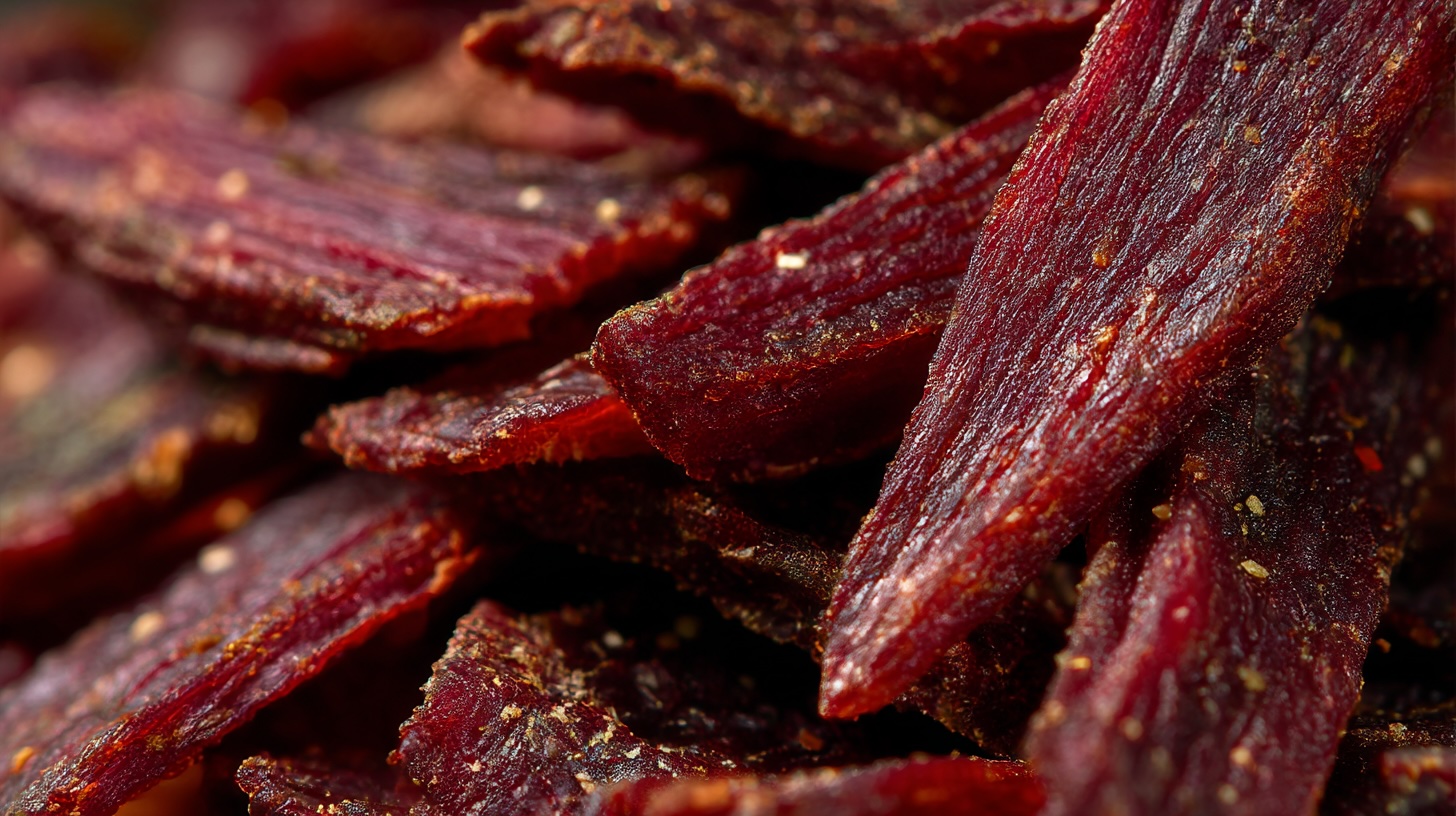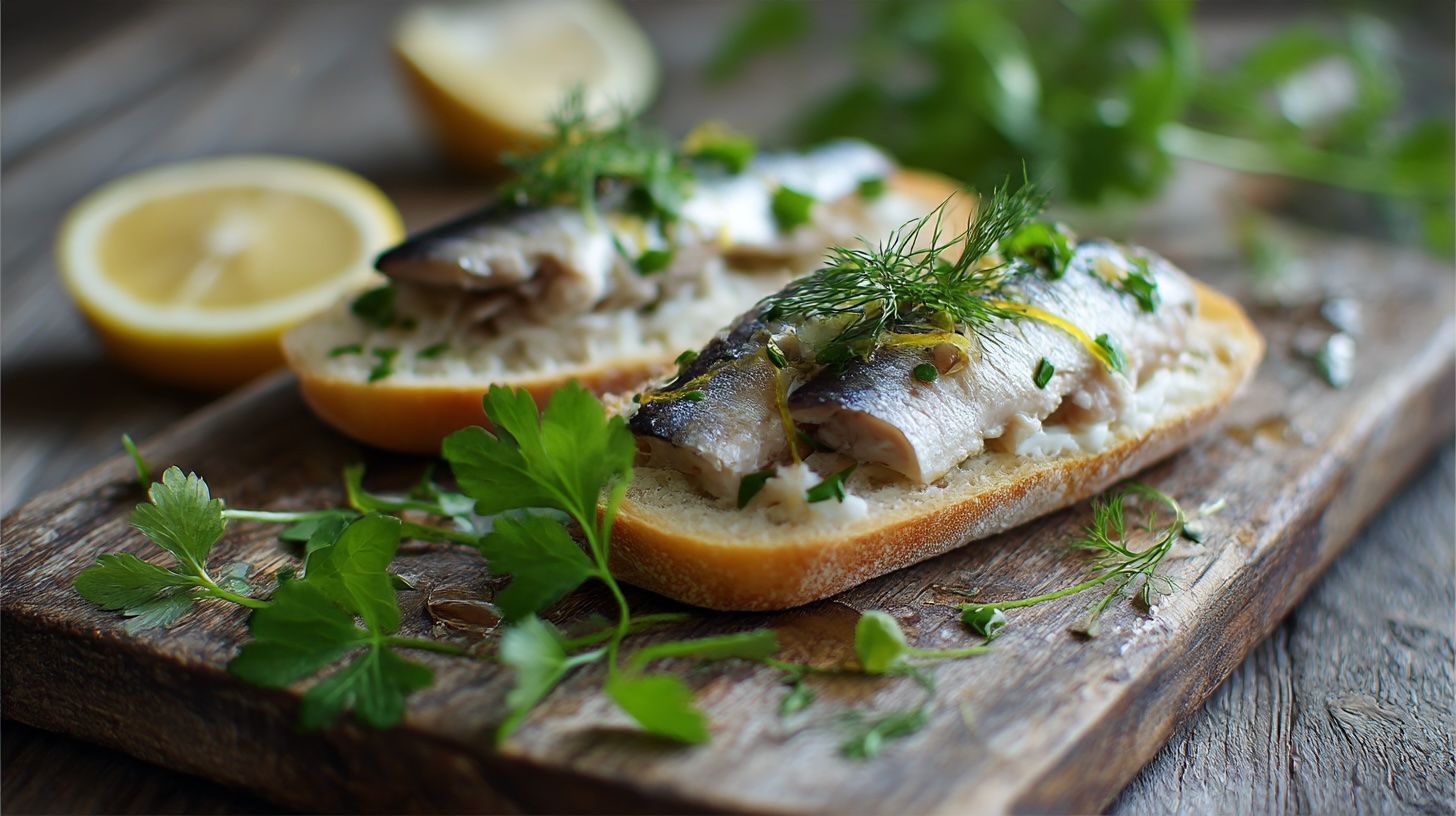Aaruul: How a Nomadic Snack Became a Culinary Legend
If you’ve ever found yourself riding across the endless Mongolian steppe, hair tangled by the wind, slightly sunburnt, wondering what on earth could possibly be crunchier than your boots after a week on horseback, allow me to present: aaruul. This traditional Mongolian cheese is not so much a snack as it is an experience, one that will either delight your adventurous spirit or have you wistfully daydreaming of soft brie. Either way, it’s unforgettable.
Aaruul is the ultimate testament to Mongolian resourcefulness. The cheese traces its origin back to the nomadic tribes who roamed the vast, merciless plains. These people didn’t have the luxury of refrigeration, boutique cheese shops, or even a steady address. What they did have was an abundance of milk from their sturdy animals: goats, sheep, yaks, horses, and camels. When life gives you five kinds of milk, you make cheese — hard, dry, sour, and built to last longer than your average dynasty.
The method, brilliantly straightforward, involved curdling the milk, straining it, pressing it into shapes, and then air-drying it until it reached a texture somewhere between a dense rock and something you’d use to fortify a medieval castle. The drying could take several days to weeks, depending on the weather, and the cheese would be left out under the vast blue Mongolian sky, protected by nothing more than its own determination to survive.
While the basic recipe remains stubbornly traditional, regional varieties spice things up. In some parts, aaruul is sun-dried to the point where you might risk a tooth attempting to eat it, while elsewhere it remains a touch softer, like a very firm fudge. Yak milk aaruul tends to have a richer, slightly gamier flavour. Camel milk aaruul, for those feeling particularly daring, offers a sourness so profound it might just rearrange your understanding of dairy forever.
Some variations include adding sugar, berries, or even bits of fat to the mix. These “luxury” versions were traditionally reserved for special occasions or the wealthy, but now anyone brave enough to munch on a piece can enjoy them. There are aaruul pieces shaped into little cubes, flattened into discs, or even fashioned into intricate, almost artistic swirls. Instagram, meet your latest darling.
What makes aaruul truly special, besides its ability to double as survival rations, is its pure, unpretentious nature. It embodies the spirit of a culture that thrives where few others can. It’s practical, it’s nutritious, and it demands respect. If you’re the type who thinks cheese should melt seductively over a hot pizza, aaruul will challenge your deepest dairy assumptions.
Pairing drinks with aaruul is where the fun really begins. Traditional Mongolian airag — fermented mare’s milk — is the obvious choice. It’s fizzy, tangy, and has a low alcohol content, making it the perfect beverage to wash down those stubborn cheese crumbles. If fermented horse milk sounds a bit… ambitious for you, try a crisp lager or a very dry white wine. Sauvignon Blanc, with its grassy notes and acidity, can actually tango quite charmingly with aaruul’s intense tang.
Other foods? Think simple, think rustic. Dried meats, pickled vegetables, and unleavened flatbreads are excellent companions. The cheese’s sourness can balance out the fatty richness of cured meats or cut through the heavy saltiness of pickles like a well-aimed arrow through the heart of a Göktürk warrior.
On the health front, aaruul is practically a superfood — assuming you don’t mind doing a bit of dental calisthenics. It’s high in protein, calcium, and probiotics, all wrapped up without any artificial nonsense. Its drying process preserves nutrients remarkably well, and it’s low in fat compared to many western cheeses. However, if your jaw strength isn’t what it used to be, consider the potential dental hazards. Start small unless you want to add “emergency dentist visit in Ulaanbaatar” to your travel memoirs.
Finding aaruul outside Mongolia used to be about as likely as spotting a snow leopard on your morning commute. However, thanks to the global march of adventurous foodies, you can now track it down in select international markets, especially those catering to Central Asian communities. Online specialty stores occasionally stock it too, though fair warning: shipping aaruul across continents might require the sort of packaging usually reserved for priceless artefacts.
If you happen to be in Mongolia, you’ll find aaruul everywhere: in markets, on roadside stalls, gifted by herders, and even crumbling slightly in the pockets of your horse-riding guides. Don’t be shy. Accept a piece, crack a tentative smile, and prepare your taste buds (and molars) for a truly unique encounter.
Now, should you feel the sudden, inexplicable urge to recreate this culinary adventure at home, roll up your sleeves, summon your inner nomad, and try making aaruul yourself.
Aaruul cheese recipe
First, choose your milk: cow, goat, sheep, whatever you fancy, though full-fat is the way to go. Heat it gently until it begins to simmer, then add a natural acid to curdle it — lemon juice or vinegar work fine if you don’t have a friendly mare to hand you some airag.
Once the curds separate from the whey, strain them through a clean cloth, squeezing out as much liquid as possible. This will leave you with a thick, crumbly mass. Knead it lightly and, if you want a slightly posh version, mix in a bit of sugar or dried fruit at this stage.
Form the curds into small, flattish shapes. Cubes, discs, tiny sculptures of Genghis Khan — the world’s your steppe. Lay these pieces out on a clean surface in a dry, breezy place. If you live somewhere stubbornly damp, a very low oven or dehydrator will do in a pinch, but do try to honour the spirit of the thing and let the air do the work.
Patience, as in all things Mongolian, is key. Drying will take several days. Turn the pieces occasionally so they dry evenly. They should become firm to the touch, slightly lighter in colour, and, if you tap them gently, make a noise that suggests they could repel small projectiles.
And there you have it. Aaruul — the cheese that conquered the steppe, and possibly, if you’re brave enough, your kitchen too.




1 comment